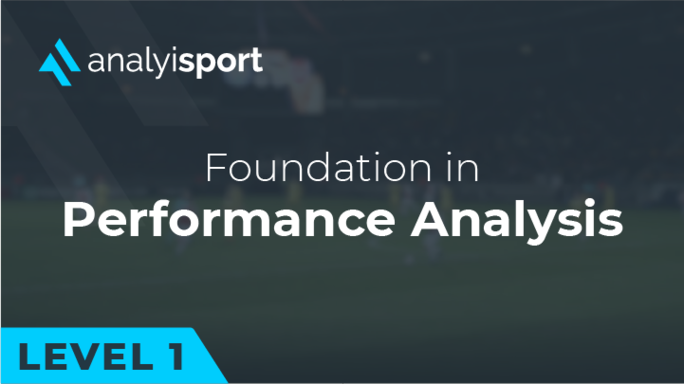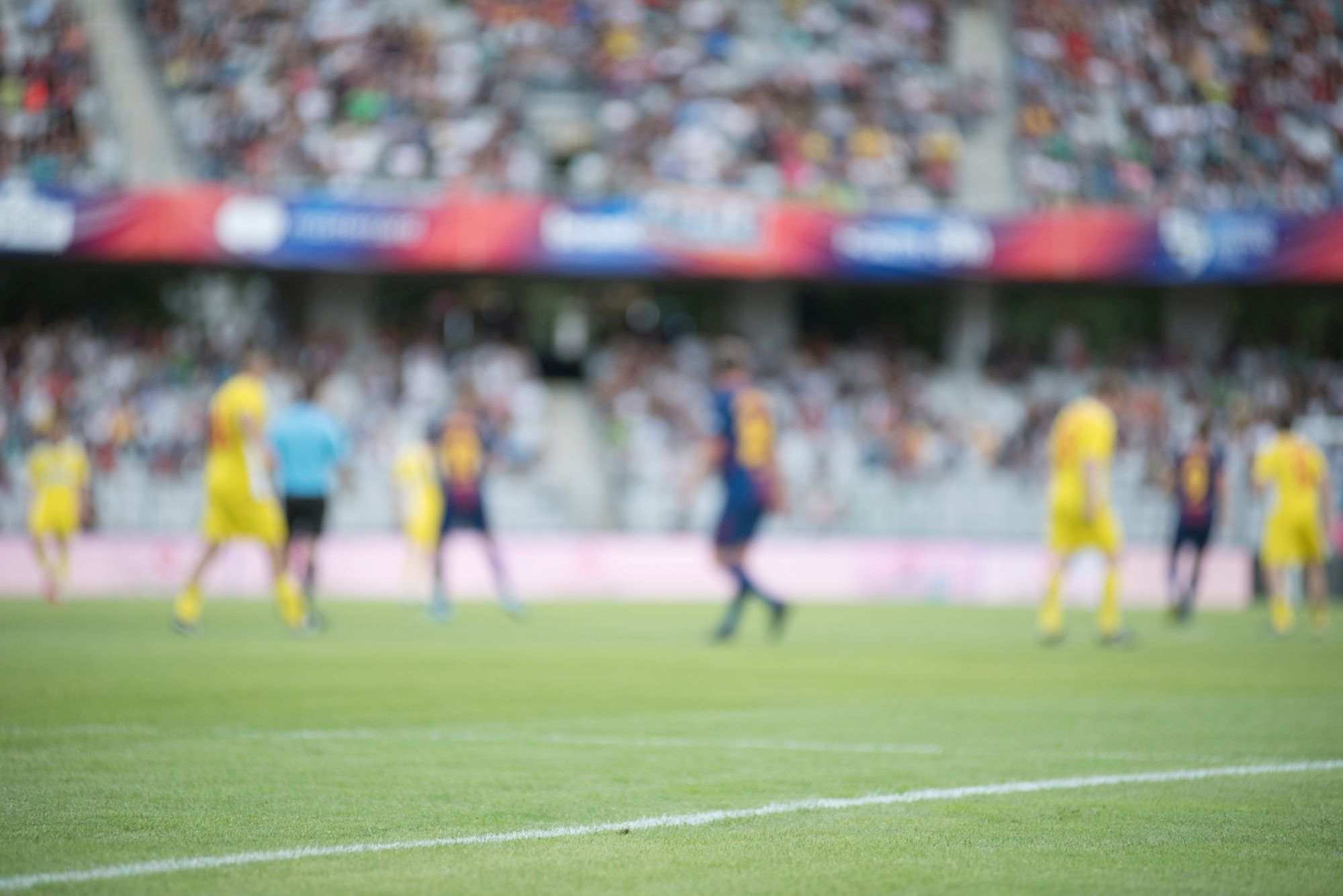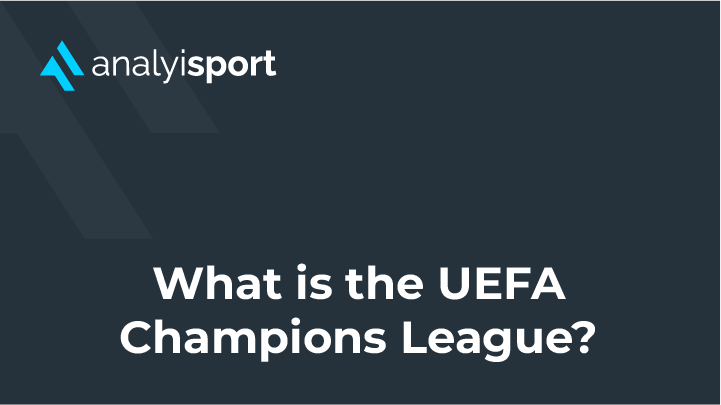What is semi-automated offside technology?
Semi-automated offside technology (SAOT) is the latest technological advancement in football. Following the implementation of VAR (Video Assistant Referee) across the sport at the professional level since 2018, SAOT has been developed to help improve the accuracy of officiating decisions even further.
Whilst VAR uses video replay technology to deal with multiple aspects of decision making in football, semi-automated offside technology is specialised in one area only: offsides. The two technologies are separate from one another, but function in unison to improve consistency when offside decisions are made.
How does it work?
Rather than rewatching video footage, semi-automated offside technology uses tracking data to calculate offsides. This entails monitoring the exact co-ordinates on the pitch of every single player and the ball at all times, which is achieved using tracking cameras that are installed underneath the roof of a stadium.
In fact, these specialised cameras are so accurate that they can monitor 29 data points for each player. They aren’t just tracking each player’s general co-ordinates; they’re calculating the co-ordinates for 29 precise points on each of their bodies, and they’re doing this 50 times per second. Precision of this level is particularly useful when it comes to tight offside decisions which can be determined by a player’s toe or shoulder.
When the technology detects that an offside offence has occurred, an alert is automatically sent to the video operation room where the VAR team can check the validity of the offside while play continues on the pitch. This is why the technology is known as semi-automated and not fully automated.
Once the VAR team have manually verified the offside lines and determined whether the offside player was interfering with play or not, the on-field referee is notified of their decision and the match proceeds accordingly.
Is there a sensor in the ball?
SAOT also uses the ball to assist in offside detection. By placing a motion sensor inside a specially designed ball, the VAR officials inside the video operation room can track the ball’s location as well as what it comes into contact with at a rate of 500 times per second. The technology can identify with incredible accuracy at which point the ball is kicked in relation to a potential offside.
For the 2022 World Cup, FIFA worked in collaboration with Adidas and German analytics company KINEXON to manufacture a revolutionary new ball named Al Rihla (Arabic for ‘the journey’). They refer to the installation of the sensor inside the ball as connected ball technology.
Where is the new technology being used?
Semi-automated offside technology was trialled in 2021 at the Arab Cup and the Club World Cup. After successful implementation in those tournaments, it was used at the 2022 World Cup in Qatar, with connected ball technology also featuring.
SAOT arrived into European club football via the 22/23 Champions league, and Spain’s La Liga is expected to be the first domestic league to take semi-automated offsides onboard from the beginning of the 23/24 season.
How does semi-automated offside technology use Artificial Intelligence?
Once an offside has been verified and the on-field referee has been informed, Artificial Intelligence (AI) transforms the data collected by the cameras into an animation that illustrates the offside offence on screen.
The animation is available to watch for VAR officials and spectators, both those in the stadium and those watching via live broadcast. 3D modelling is used to accurately represent the players in their on-field positions at the time the ball was kicked.
Then, a screen spanning the width of the pitch is automatically drawn in line with the body part of the deepest-lying defender that marks the offside line. The part of the offside attacker which intersects with the screen shows exactly how they were in an offside position when the ball was played.
How will semi-automated offside technology change the fan experience?
FIFA claims that SAOT will have two main benefits: speed and accuracy of decision making.
Offside decisions using VAR take over 60 seconds on average, and can last up to 4 or 5 minutes in extreme cases. This slows the match down drastically, disrupts the flow of the game and spoils the fan viewing experience.
FIFA hopes that its new technology will significantly lower the average time to make an offside decision so that fans don’t have to wait as long to see the match restart.
SAOT is also expected to eliminate most human error, which has been a large source of controversy since VAR began.
Additionally, the addition of the digital animation being available for everyone to see immediately after an offside incident addresses the issue of transparency and helps fans to understand why a decision has been made.
Ultimately, semi-automated offside technology provides VAR teams with a more efficient tool for making offside decisions. Officials hope that it will allow VAR to become less controversial, more accurate and more widely accepted in the football community.
Related Courses:

- Level 1
- Course
Level 1: Foundation in Recruitment Analysis in Football
£70.00
Share this article
Our Learning Pathways
AnalyiSport is for everyone who is passionate about analysis in football. Where are you in your development journey?
Become a Football Scout
As more clubs than ever look to build data into their recruitment process, an understanding of recruitment analysis is your ticket to success in the game.
Related Articles
Our team provides news and insights from the cutting edge of football analysis.






